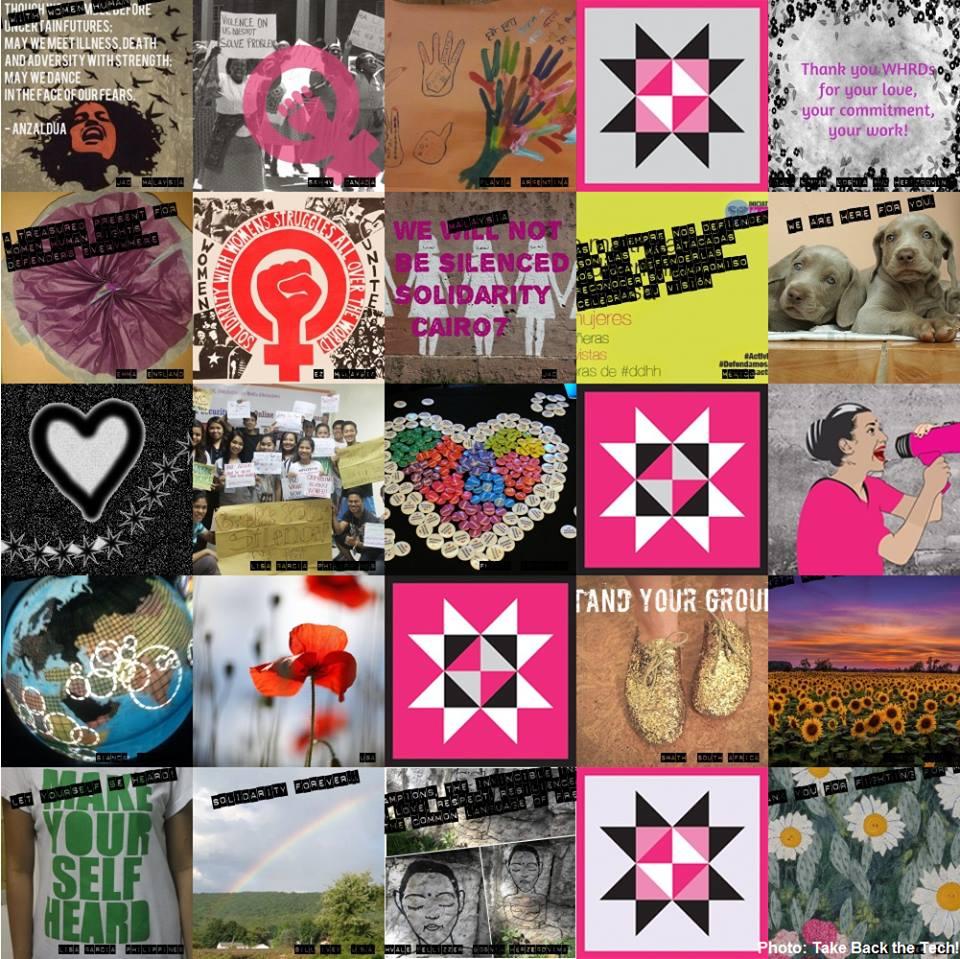
It is an honour for me to introduce this edition of GenderIT.org. This particular issue brings together articles on some of the most important aspects of technology-driven violence against women, hitherto not well understood by the general public, governments or institutions. Much of the material in this issue draws on extensive research conducted by the Association for Progressive Communications (APC) and its seven partners.
In my capacity as one of the partners and researchers on the ground in Pakistan, I am witness to the groundbreaking nature of this research and its powerful impact in my country. The most significant impact lay in the real-life stories, the real-life tragedies, and the on-ground realities. The research was case study-based. The women were real women – human beings, with social and political contexts, the stories of violence they experienced, and their attempts at judicial remedy. They were not numbers or statistics – here lay the impact.
As you peruse this issue, you will find that the four articles gathered here attempt to refer to almost all important aspects of the findings: from how technology is used to violate women, the nature of the harms women experienced from technology-based violence against women (VAW), and the varied objectives of using this form of violence and harassment, to the state of access to justice for the survivors, the strategies women have used to overcome or stop VAW, and the role large technology companies and intermediaries such as Twitter, YouTube and Facebook play in this phenomenon. These are fairly vast topics and this issue of GenderIT.org can but only summarise the first load of findings. However, it may be well worth readers’ time to study the underlying reports and individual case studies to obtain a deeper understanding of the issues.
As a grassroots researcher, the most critical impact on me personally was the realisation of the seriousness of tech-related VAW. I must admit, when I started I was not convinced of the relative importance of studying technology-based VAW, in the face of so much ‘real´ VAW and ‘real problems’ in this world – which is strange, because I was witness to tech-VAW in no small degree already. But the research helped me obtain a lens and identify, articulate and define the issue clearly. Hence, just the act of doing the research became a game-changer for me, as I conducted one case study after another, as I tried to piece through the riddles in law and law enforcement, as I attempted research on local intermediaries.
Another very significant outcome of this research has been, in my opinion, the highlighting of VAW as a means of curbing freedom of expression. This research demonstrates how women are attacked not just – stereotypically – because they are perceived as ‘weak’, but in reality also because they dare to challenge where no men will tread, when they become a threat to the status quo, when their words are mightier than their detractors’ oppression. This was personally important for me as a human rights activist.
One of the best things to happen, though, was to watch people sitting up to listen. People were overcome with emotion that someone had bothered to look into this most insidious form of violence that is becoming a curse of society; government and corporations were jolted into sobriety. I witnessed this research I had considered ‘unreal’ having ‘real’ impact. It was the most beautiful irony – with the last laugh on me. And did I laugh out loud, armed with this powerful research, recruiting lawmakers, law enforcers, intermediaries and the civil society for the cause.
I invite you to read on and join me in my pride at being part of this worthy beginning.
- 13149 views






Add new comment